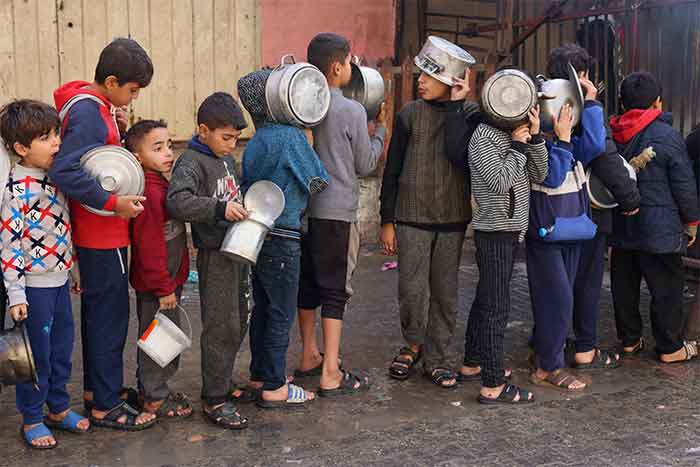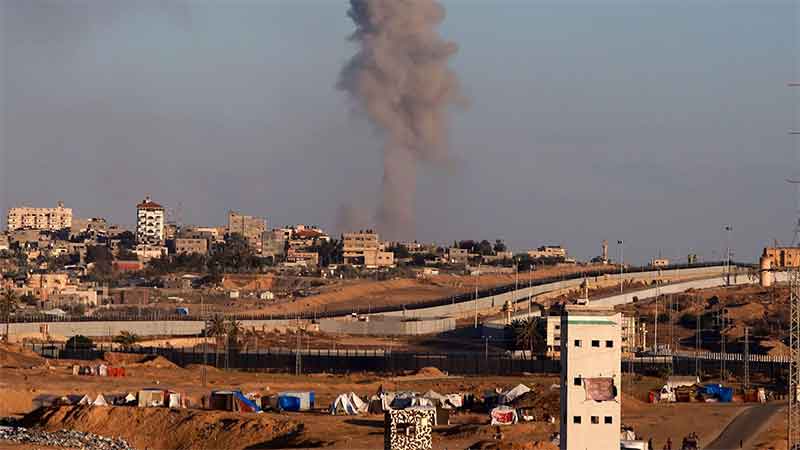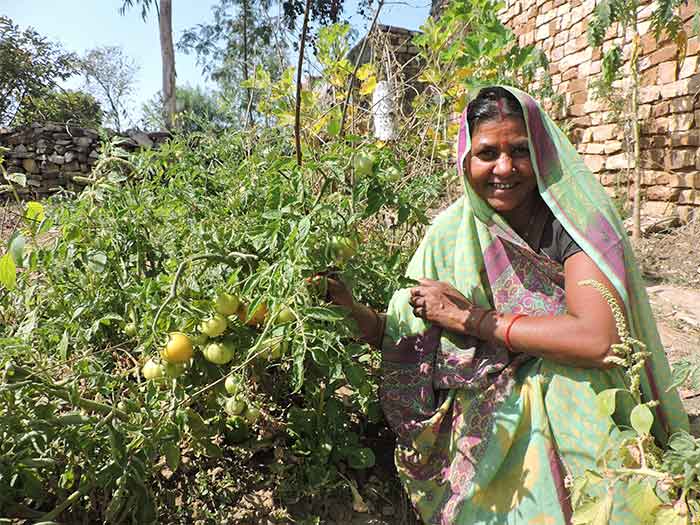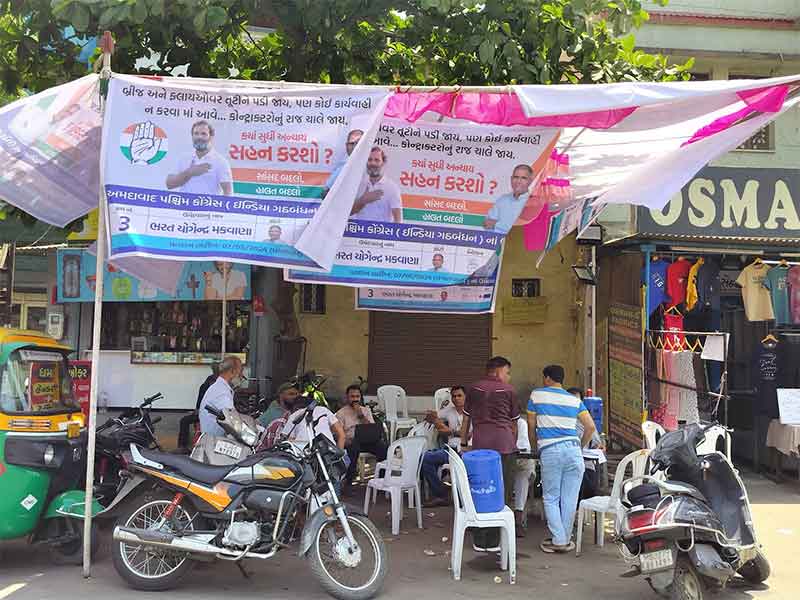
Several leading efforts have made a very important contribution to drawing attention to the serious hunger and humanitarian crises situations in various parts of world. They deserve our thanks and appreciation. Nevertheless, there are reasons why these efforts may be underestimating the highly distressing tragedy of extreme hunger and humanitarian crises in some important contexts.
In particular it is important to point out that the statistics of deaths caused in various situations of extreme distress are not clearly mentioned. However it is this data that is most important for mobilizing public opinion on the most important issue of hunger and humanitarian crises.
The UN Office for the Coordination of Humanitarian Affairs (OCHA) tells us in its recent report of the humanitarian crisis that wasting threatens the lives of 45 million children under 5 years of age. Further 13.6 million of these children were affected by extreme wasting and faced with “imminent risk of death”. It also tells us that due to funds shortages in 2023 a majority of the people and children in need could not be reached for help. So if over 13 million children were in condition of extreme wasting and were at risk of imminent death and for most of these help could not reach, then it is of the greatest importance to know the fate of these children. Did a significant number of these children, whom help could not reach, die?
From recent OCHA reports we know that in the last three years or so about 250 to 300 million people have been trapped in humanitarian crisis situations and so have been in need of humanitarian assistance. We are also told that humanitarian help could not reach a majority of these because of fund constraints and related factors. As a result of this failure, how many of these perished? We are not informed about this. Instead reports move on to the estimates of those in similar crisis situation next year, without dealing in detail with what happened last year when over half of the 250 million or so persons trapped in humanitarian crisis could not get urgent help.
Similarly the Global Report on Food Crisis in 2022 told us in 2022 that 40 million people in 2021 were in emergency or worse situation of food insecurity in 2021 in 36 countries. What happened to them? How many of them got timely help? How many perished due to extreme hunger? We are not given the most important information on this. Instead in the mid-term revised version of this report released in September 2023, we are merely told that now 33.6 million people are in emergency situation or worse.
Of course more generally at world level we know that in a year about 9 million deaths are attributed to hunger, under-nutrition and related causes, nearly 2.5 million of them being of children less than 5 years of age, as per UN data. World Food Program (WFP) Chief David Beasley stated at the Food Systems Summit at New York on 23 September, 2021, that 9 million die of hunger in a year while at the height of Covid the net worth of billionaires was increasing at the rate of $5.2 billion per day. At the same time, he stated, 24,000 persons were dying per day from hunger.
The WHO has noted that while child mortality under 5 declined significantly after 1990, unfortunately such gains have stalled significantly after 2010.
While the statement by the WFP Chief by itself is a shocking manifestation of the injustices and inequalities of our world, we also need more clear information regarding the deaths taking place in various places of hunger and humanitarian crises.
In addition we need more details from a wider part of the world regarding the situation of humanitarian and hunger crisis, while the reports at present tend to concentrate more and more on highlighting the situation mainly of about 20 or so worst affected countries.
If a more comprehensive picture is available for a larger part of the world and if reliable estimates of deaths caused by humanitarian and hunger crises can be obtained, then it is very likely that the humanitarian and hunger crises will be revealed to be even more tragic, in fact much more tragic, than is commonly believed. A proper comprehension of the extent and severity of these tragedies will increase the chances of higher public mobilization and action relating to this, which is the real aim.
Bharat Dogra is Honorary Convener, Campaign to Save Earth Now. His recent books include Protecting Earth for Children, Planet in Peril, A Day in 2071 and India’s Quest for Sustainable Farming and Healthy Food.














































